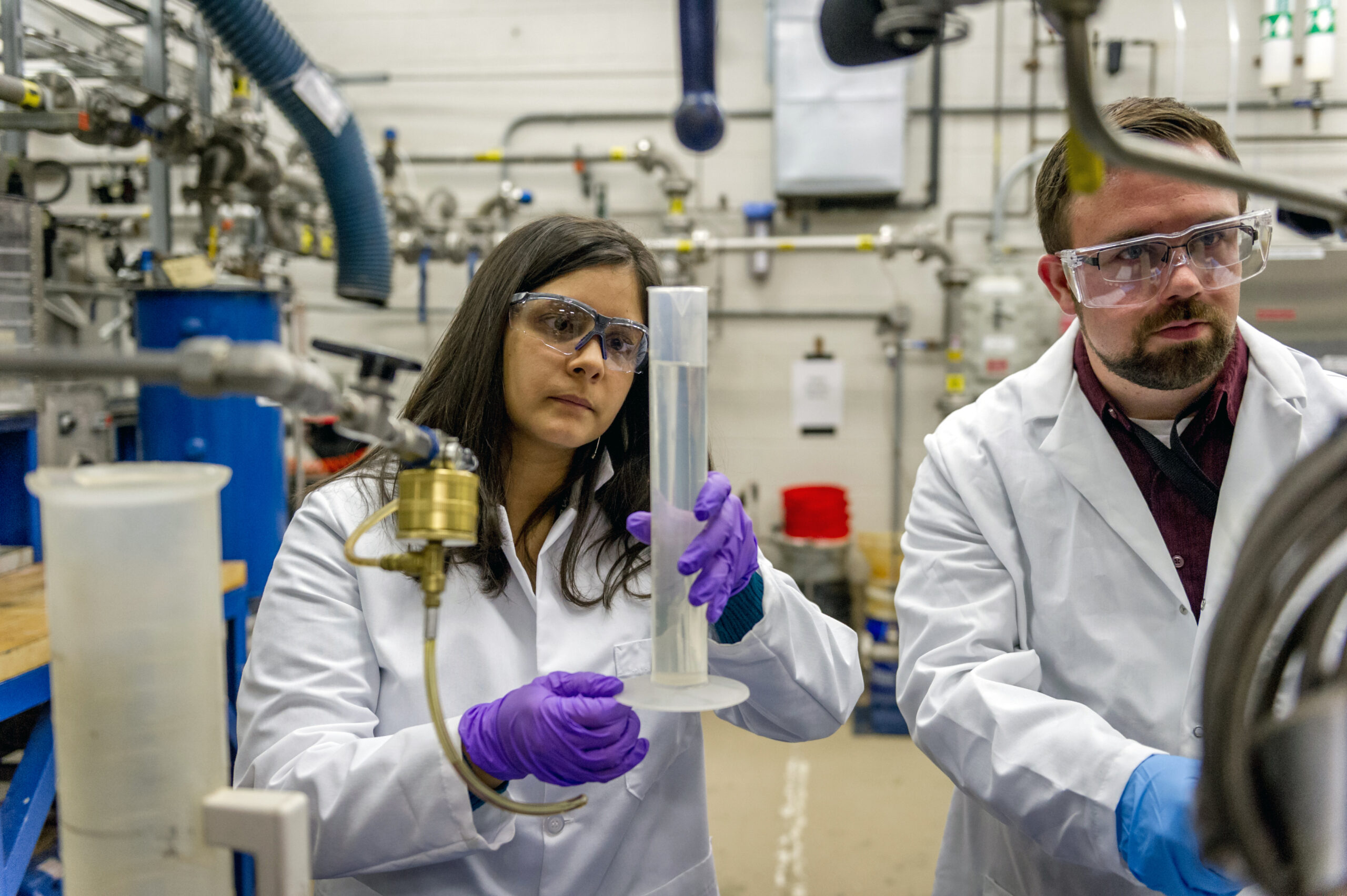One of the least known bipartisan initiatives under the Trump Administration is proving to be one of the best government-private sector-public school partnerships to educate, empower, and create tomorrow’s sophisticated STEM workforce.
DSEC
Formally known as the Defense Science, Technology, Engineering, and Mathematics Education Consortium (DSEC), the partnership is broadening STEM literacy and developing a diverse and agile workforce with technical excellence. By addressing and prioritizing critical STEM challenges, the Department of Defense is investing in evidence-based approaches to inspire and develop the nation’s science and technology workforce. The consortium is aligned with the Federal STEM Education Strategic Plan.
According to the official website, “DSEC seeks to inspire the next generation of scientists and engineers. This multi-year effort includes elements focused on STEM enrichment programs for students and educators, STEM workforce engagement, program evaluation, and public outreach.”

The end game? To improve access and resources for students to pursue STEM careers. While DoD is laying skin in the game in the hopes STEM achievers work in Defense, the skills and opportunities spread across the entire Federal, contractor and corporate spectrum.
Simply put, it is the largest STEM-related net being cast to ensure a workforce that can execute to all the advanced technology, manufacturing, healthcare, IT and other fields that will drive our economy moving forward.
Inspiration Starts Early
DSEC, or the DoD-STEM Consortium, begins at the beginning — in elementary school. Also, and importantly, it reaches not only to middle- and upper-class school districts and students, but emphasizes efforts in underprivileged and underserved communities and school districts. Twenty-five years of STEM initiatives, programs and research in this country have made it clear: basic STEM concepts are best learned at an early age — in elementary and secondary school.
As NOAA scientist and global STEM influencer Dr. Tracy Fanara told Innovation & Tech Today, “You have to get to the kids by middle school — especially the girls. That is where they first put it all together, that biology goes with chemistry goes with physics goes with geology and the environment… this is the age where the magic and their belief they can make a career from this really starts to happen.”

Likewise, studies show that by secondary school years, kids have learned or are learning the essential prerequisites to career technical training, advanced college-level and graduate study, and to increasing their technical skills in the workplace. “Increasing the overall digital literacy of Americans and enhancing the STEM workforce will necessarily involve the entire U.S. STEM enterprise,” the DSEC website states.
This is where the power and funding of the Federal Government kicks into high gear. The Government works in partnership with stakeholders at all levels — contractors, employers, school districts, educators, families, students, communities, and STEM influencers — to remove barriers to participation in STEM careers, especially for women and other underrepresented groups.
North Stars
The goal? By the end of 2023, all Americans will have lifelong access to high-quality STEM education and the United States will be the global leader in STEM literacy, innovation, and employment.
To do so, DSEC spells out three aspirational goals, or “North Stars,” on which they focus this entire program:
Build Strong Foundations for STEM Literacy: Ensure that every American has the opportunity to master basic STEM concepts, including computational thinking, and to become digitally literate. A STEM-literate public will be better equipped to handle rapid technological change and will be better prepared to participate in civil society.
Increase Diversity, Equity, and Inclusion in STEM: Provide all Americans with lifelong access to high-quality STEM education, especially those historically underserved and underrepresented in STEM fields and employment. The full benefits of the Nation’s STEM enterprise will not be realized until this goal is achieved.

Prepare the STEM Workforce for the Future: This applies to both college-educated STEM practitioners and those working in skilled trades that do not require a four-year degree. The mission? To create authentic learning experiences that encourage and prepare learners to pursue STEM careers. A diverse talent pool of STEM-literate Americans prepared for the jobs of the future will be essential for maintaining the national innovation base that supports key sectors of the economy and for making the scientific discoveries and creating the technologies of the future.
This strategy is built on four approaches that are cross-cut and cross-linked, each holding its own set of objectives and priority actions for achieving them:
Develop and Enrich Strategic Partnerships. This pathway focuses on strengthening existing relationships and developing new connections between educational institutions, employers, and their communities. It brings together schools, colleges and universities, libraries, museums, and other community resources to build STEM ecosystems that broaden and enrich each learner’s educational and career journey. On top of that, it engages learners in work-based learning experiences with local employers, internships, apprenticeships, and research experiences.
Engage Students where Disciplines Converge. Make STEM learning more meaningful and inspiring to students by focusing on complex real-world problems and challenges that require initiative and creativity. It promotes innovation and entrepreneurship by engaging learners in transdisciplinary activities such as project-based learning, science fairs, robotics clubs, invention challenges, or gaming workshops that require participants to identify and solve problems using knowledge and methods from across disciplines.
Build Computational Literacy. Digital devices and the internet have transformed society. The initiative adopts strategies that empower learners to take maximum advantage of this change. This pathway seeks to advance computational thinking as a critical skill for today’s world. Computational thinking, including computer science, means solving complex problems with data, a skill that can be learned at an early age. It seeks to expand the use of digital platforms for teaching and learning as well (which has proven priceless and lifesaving during the pandemic.) Operate with Transparency and Accountability. This pathway commits the Federal Government to open, evidence-based practices and decision-making in STEM programs, investments, and activities — and for STEM stakeholders to abide by the same.









